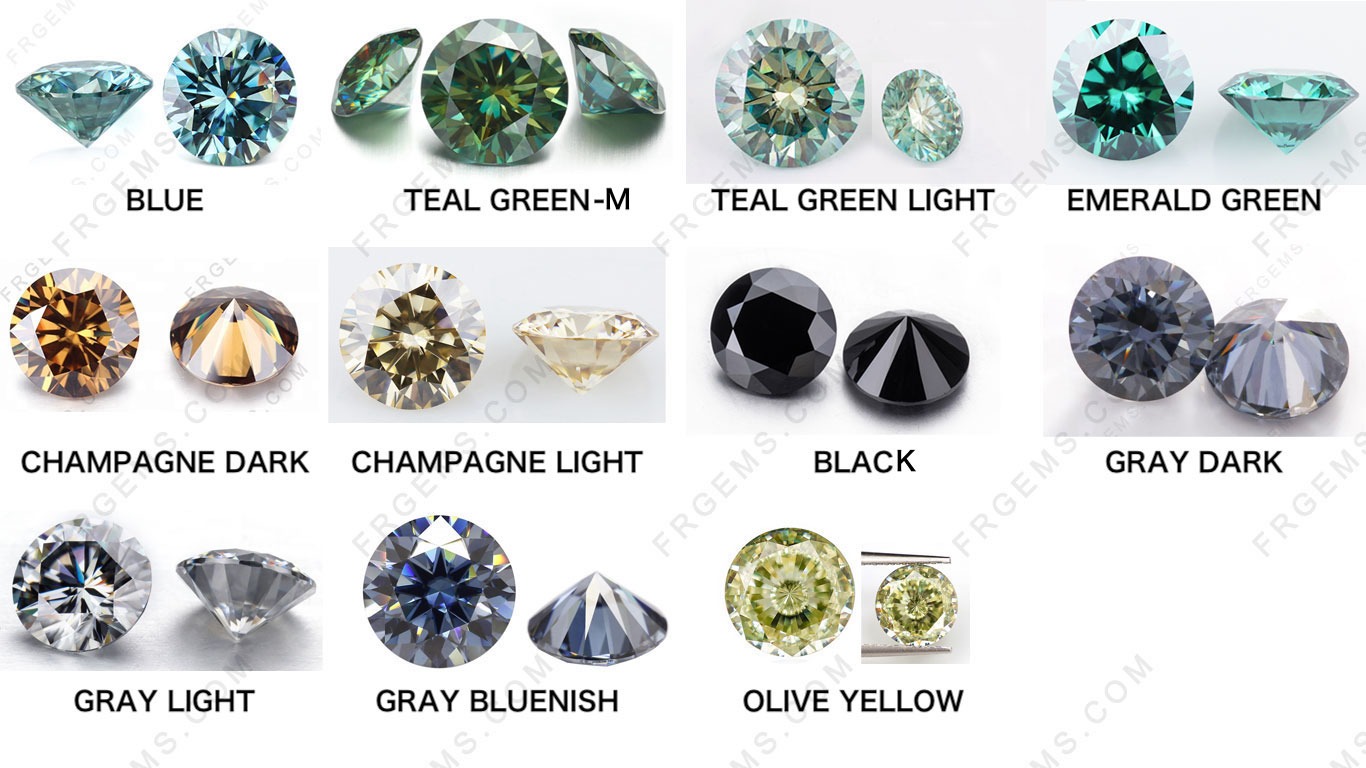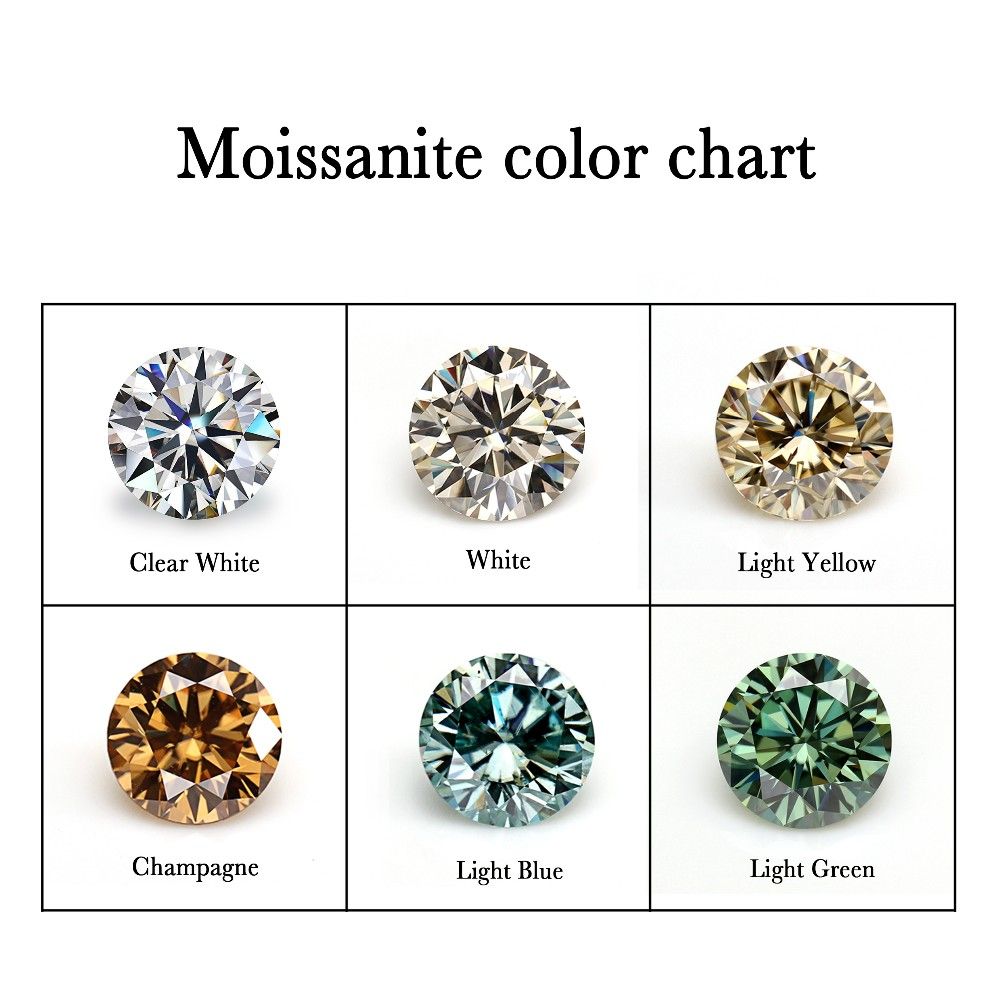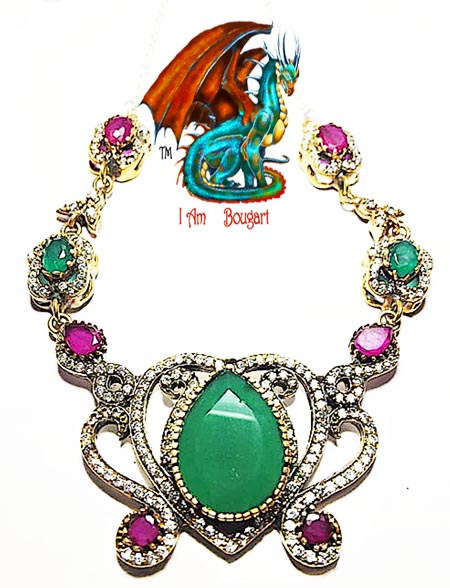
J. R. Truett.Ltd.inc
Luxurious Jewelry
Moissanites
 |
J. R. Truett.Ltd.inc Luxurious Jewelry |
||
|
|
|||
|
|
Moissanites |
|
Jewelry |
Lab Grown Diamonds vs. Moissanites vs. Cubic
Zirconia These stones look just like real diamonds, set in sterling silver or gold metal Differences is the price from real diamonds They do cone in different colors shown below not picture is a pastel gray/lavender color We have seen some stones priced in settings listed for as much as $300.00 and up up do to quality of the stones Clear to white command a higher a , I myself wear a pale lavender and it's quite showy and beautiful |
|
|
|
Necklaces |
|||
.jpeg) |

|

|
||
|
Necklaces, Pendants earrings, Bracele |
Ties, Bracelets, Necklaces, Ttiie Bars, Cufflinks, Crosses
|
Ottoman Jewelry
Necklaces, Rings, Earrings,Pendants, Bracelets |
Necklaces,Earrings, Bracelets |
Rings. Necklaces |
Western wear
Necklaces,Turquoise, Men's & more |
Necklaces, Earrings, Bracelets, Rings |
Bracelets , Rings , Necklaces, Pendants, Earrings |
|
Pendants, Bracelets
|
Accessories
Necklaces, Rings, Earrings,Pendants, Bracelets |
Classic Jewelry
Necklaces, earrings,rings |
gemstones information Gemstone information
|
|